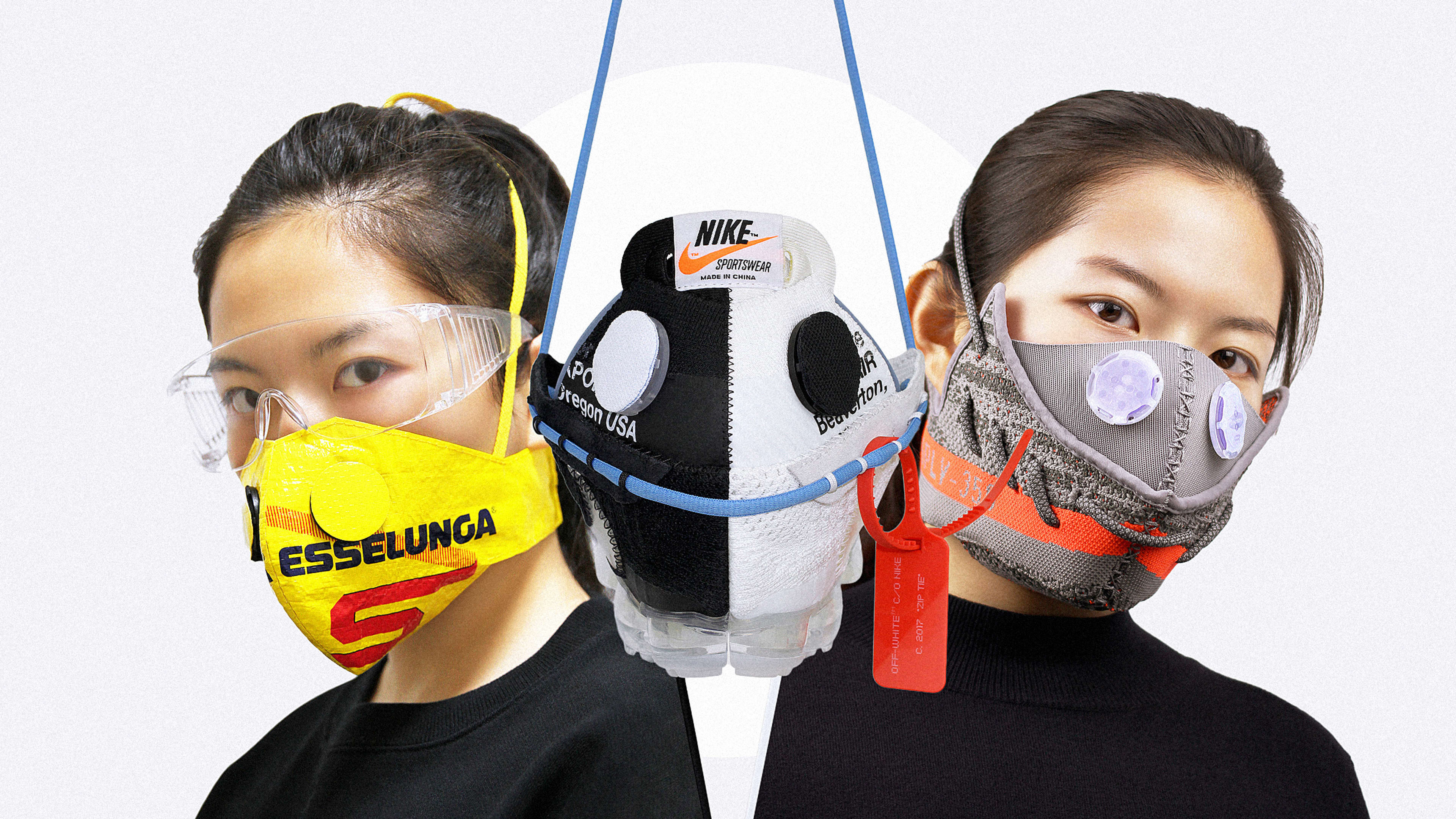Zhijun Wang used to like to run at night in his home city of Beijing. Then the pollution came in. On an evening in 2014, he could see the moats of dust floating under a streetlight. When he finished his jog, he realized he had a sore throat. And so he, like many people in China, started wearing a mask when he was out.
But no mask seemed to fit right, and the elastic hooks hurt his ears. So he started making his own masks out of things like sneakers, which featured flexible, breathable materials by nature. The trade became his art form. Three years later, his mask made from a Yeezy 350 v2 would be acquired by the MoMA. “My sneaker mask is about getting the young generation to rethink the relationship between the mask and environment in a different way, awakening people to make some changes,” he says. Wang is now an artist and entrepreneur who has built a business making bespoke masks on top of his graphic design practice. His going rate is $5,000 for a single mask. And because each mask takes him a full week to produce, he limits commissions to just 52 a year.
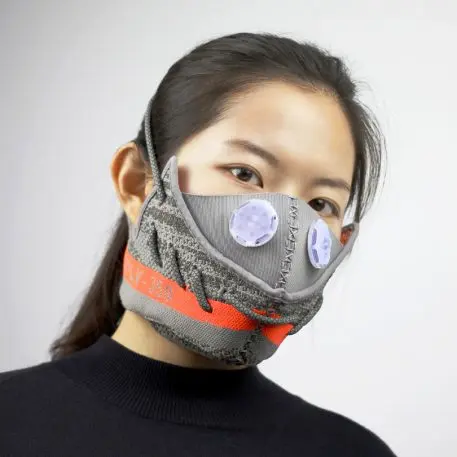
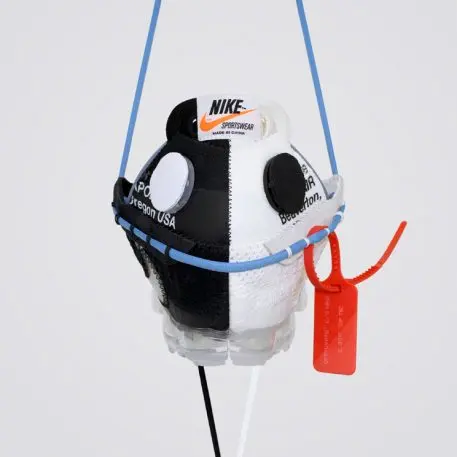
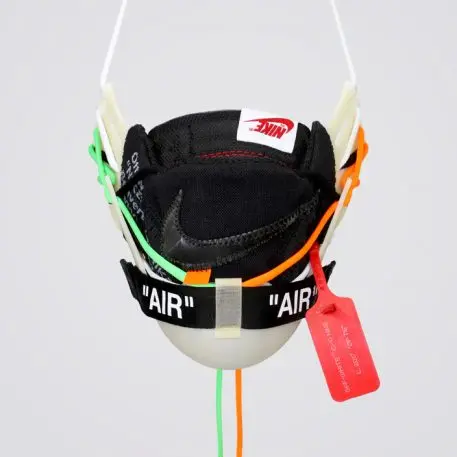
Wang has created masks in paid collaborations for Off-White, Adidas, Nike, Puma, Reebok, and New Balance. Most of these collaborations are one-off promotional work. But he also repurposes brands for his personal artwork as a form of expression—as he did with an Ikea Frakta bag. “Me and Aria went to Ikea frequently in 2017 when we decorated our home,” he says. “Every time we went there, we always carried back several Frakta bags. Making a mask was a way to record those days we spent in Ikea.” The resulting image went viral, and the mask was one of the most talked-about pieces in Wang’s collection.
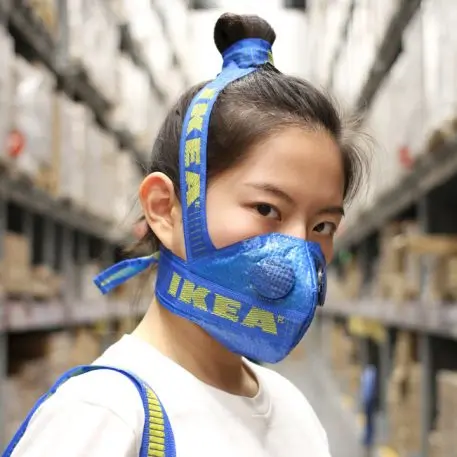
The shift to Wang sharing some of the secrets behind his own mask designs is compelling. Of course, there are countless free mask templates online, but Wang’s work is precious largely because it’s so scarce.
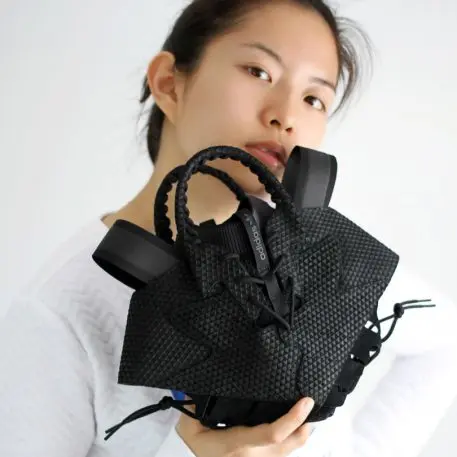
Wang sharing some of the tools of the trade is his earnest plea for public health. But it’s also a demonstration of high fashion, and high art, being democratized by its own creator to become a mainstream aesthetic. “The mask becomes a sort of essential accessory we cannot live without when people start making it more fashionable,” he says, “like scarves and gloves.”
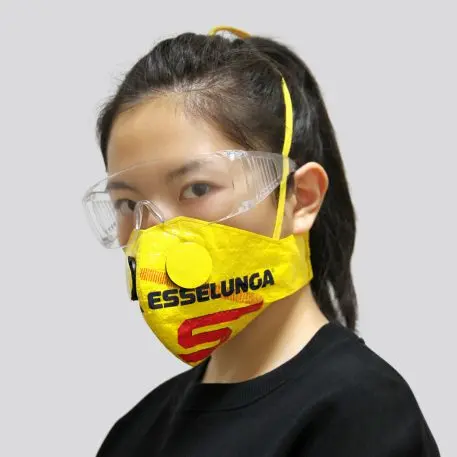
By Wang telling us how to make a $5,000 mask at home, he’s also telling us something else: He was right about wearing masks all along—and he was right that the world needs to change so that we, one day, no longer need to.
Recognize your brand’s excellence by applying to this year’s Brands That Matter Awards before the early-rate deadline, May 3.
